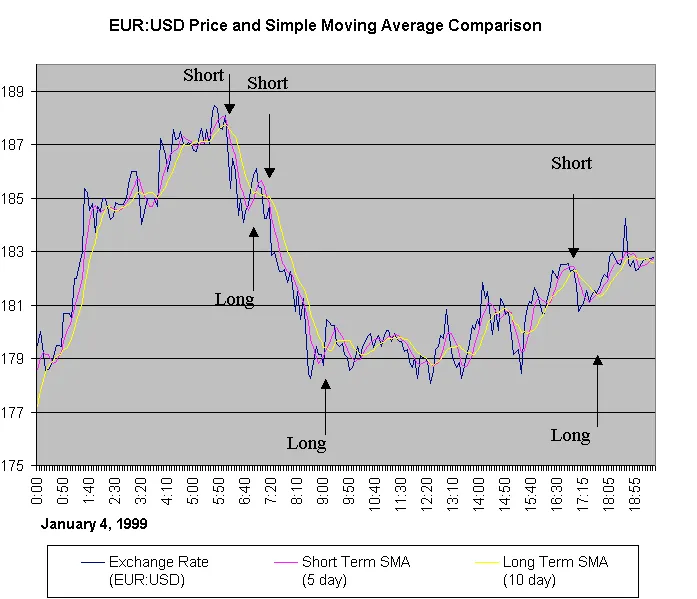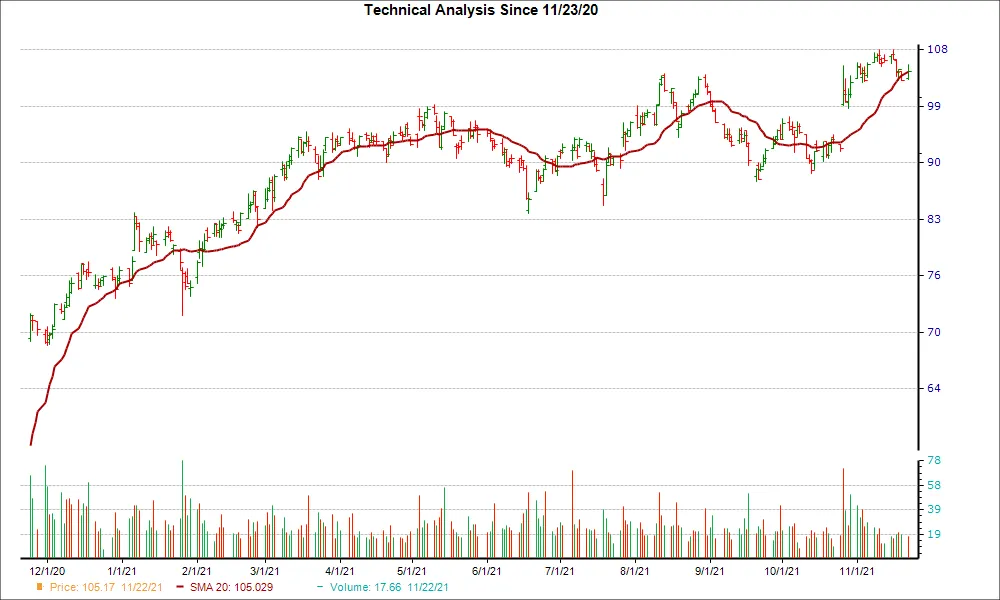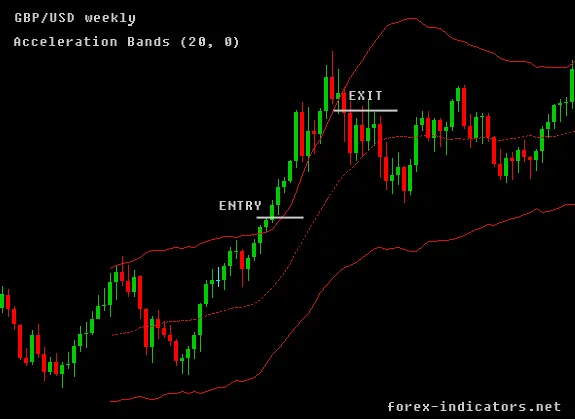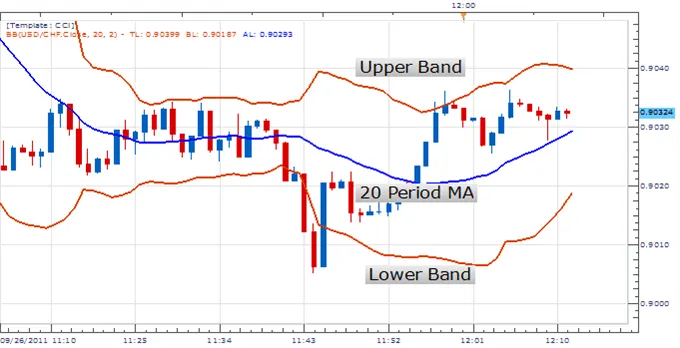Jensen’s Alpha Study
By Samantha Baltodano
TL;DR:
Jensen's Alpha is a measure used to determine if a portfolio's return compensates for the risk it takes. It calculates the average return of a security or portfolio relative to a benchmark index by subtracting the average rate of change in the benchmark index from that of the security, adjusted for its beta.
A positive value for Jensen's alpha means the portfolio has earned excess returns and has outperformed the benchmark, while a negative value means the portfolio has not earned enough return given its level of risk.
What Is The Jensen’s Alpha Study?
The Jensen's Alpha study calculates the average return of a security or portfolio relative to that of a benchmark index. This metric is also commonly referred to as simply alpha.
In a mathematical sense, it is equal to the average rate of change in security's price minus that of the benchmark index multiplied by its Beta. Jensen's Alpha assumes that the security has a Beta of 1.0.
Understanding Jensen's Alpha
To accurately analyze the performance of an investment manager, an investor must look not only at the overall return of a portfolio but also at the risk of that portfolio to see if the investment's return compensates for the risk it takes.
For example, if two mutual funds both have a 12% return, a rational investor should prefer the less risky fund.
Jensen's measure is one of the ways to determine if a portfolio is earning the proper return for its level of risk.
If the value is positive, then the portfolio is earning excess returns. In other words, a positive value for Jensen's alpha means a fund manager has "beat the market" with their stock-picking skills.
Real World Example of Jensen's Measure
Assuming the CAPM is correct, Jensen's alpha is calculated using the following four variables:
Using these variables, the formula for Jensen's alpha is:
- Alpha = R(i) - (R(f) + B x (R(m) - R(f)))
where:
- R(i) = the realized return of the portfolio or investment
- R(m) = the realized return of the appropriate market index
- R(f) = the risk-free rate of return for the time period
- B = the beta of the portfolio of investment with respect to the chosen market index
For example, assume a mutual fund realized a return of 15% last year. The appropriate market index for this fund returned 12%. The beta of the fund versus that same index is 1.2, and the risk-free rate is 3%. The fund's alpha is calculated as:
- Alpha = 15% - (3% + 1.2 x (12% - 3%)) = 15% - 13.8% = 1.2%.
Given a beta of 1.2, the mutual fund is expected to be riskier than the index, and thus earn more.
A positive alpha in this example shows that the mutual fund manager earned more than enough return to be compensated for the risk they took over the course of the year.
If the mutual fund only returned 13%, the calculated alpha would be -0.8%. With a negative alpha, the mutual fund manager would not have earned enough return given the amount of risk they were taking.
Test The Jensen’s Alpha Study
Great news!
You can back test this exact strategy on historical data for any of your favorite symbols using TradingView.
This strategy has already been built and all you have to do is log in and take it for a spin. You can access this indicator here.
If you’re new to back testing and to TradingView, don’t worry. I created a step-by-step guide you can follow to begin testing the Jensen’s Alpha Study.
Summary
- The Jensen's measure is the difference in how much a person returns vs. the overall market.
- Jensen's measure is commonly referred to as alpha. When a manager outperforms the market concurrent to risk, they have "delivered alpha" to their clients.
- The measure accounts for the risk-free rate of return for the time period.
Jensen’s Alpha is just one of many studies that Archaide automates. For a full list of strategies and studies available click here.
Like what you read? Check out the rest of our content!




